Five space missions, three by NASA and two by the Soviet Union, ended in disasters that claimed the lives of astronauts.
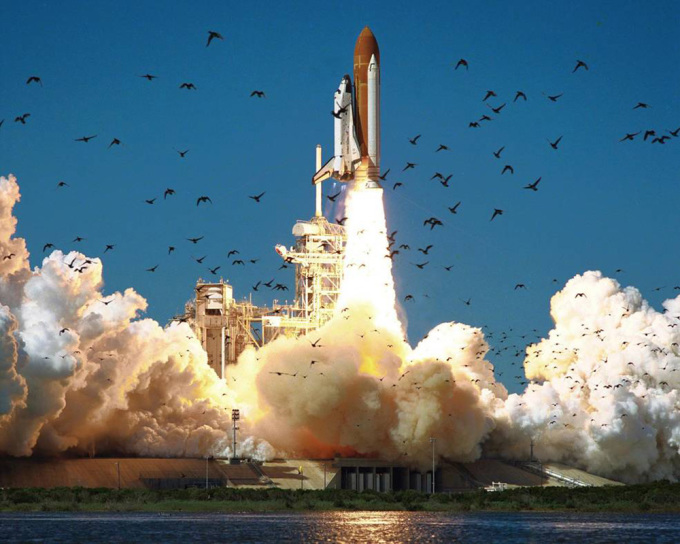
Space shuttle Challenger launched from NASA's Kennedy Space Center, Florida, on January 28, 1986. Photo: NASA
According to Nigel Packham, NASA's deputy administrator for mission assurance and safety, 21 people have died while performing space missions, Live Science reported on June 12.
“Accidents are often a combination of unusual circumstances, equipment failure, human error, political and management issues,” said Jim Hermanson, professor of aeronautics and astronautics at the University of Washington.
The two deadliest disasters were NASA space shuttle missions. In January 1986, the space shuttle Challenger exploded 73 seconds after launch, killing its seven-person crew, including Christa McAuliffe, a New Hampshire teacher aboard NASA’s Teacher in Space Project. The accident was caused by unusually cold temperatures at Cape Canaveral that caused some of the rocket’s sealing materials to lose their flexibility.
“The hot gases leaked out, causing the propellant tank to ignite and cause a massive explosion,” Hermanson said. He added that the management team was also partly at fault for proceeding with the launch despite warnings from some NASA engineers.
Another fatal incident occurred in February 2003, when the space shuttle Columbia broke apart on its return to Earth, killing seven crew members. Before the Columbia disaster, the re-entry, descent, and landing phases were considered “gentle,” especially compared to the extremely violent launch conditions, Packham said.
According to Packham, who is involved in the investigation into the cause of the accident, Columbia was damaged during launch when a piece of foam insulation broke off—something that had happened in nearly every launch before and after Columbia. But in this case, the foam hit the shuttle’s wing, damaging it. The damaged wing couldn’t withstand the high temperatures of reentry, causing the shuttle to disintegrate.
Apollo 1, though it never left the ground, also made it onto the list of deadly space accidents. A pre-launch test caused a fire to break out inside the spacecraft, killing three crew members.
In 1967, the Soviet Soyuz 1 crashed when its parachute system failed, killing the crew. Packham said that was partly because of politics, as this was the beginning of the space race and the launch was scheduled to coincide with a political event even though those who made the decision knew the spacecraft was not ready. Mission control, he added, realized there would be problems with the parachute system as soon as the spacecraft entered orbit.
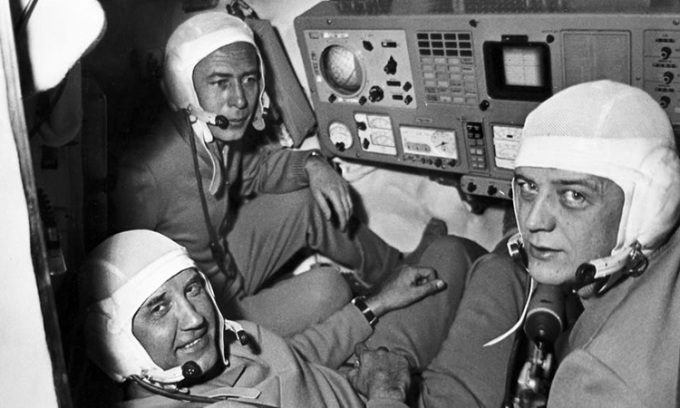
Cosmonauts Georgy Dobrovolsky (center), Viktor Patsayev (left) and Vladislav Volkov (right) in the cabin of the Soyuz 11 spacecraft in 1971. Photo: Hulton-Deutsch Collection/CORBIS/Corbis
The last three astronauts on the list died in a decompression accident in 1971, the only one that actually happened outside Earth’s atmosphere. Generally, the ascent and descent are the most dangerous phases, according to Hermanson. At the time, the trio had just spent more than three weeks aboard the first Soviet space station. But when they returned to Earth, the ship was depressurized, and they had no spacesuits to protect them.
Today, around 650 people have flown in space, and that number is set to rise as commercial flights become more common, Packham said. “There will never be zero risk. It’s a necessity to get to space,” he said.
But experts also need to understand the risks involved. So Packham and his colleagues are gathering data and looking for better ways to accurately calculate the risks astronauts face. “We have to tell them what the likelihood of coming back is,” he says.
Thu Thao (According to Live Science )
Source link


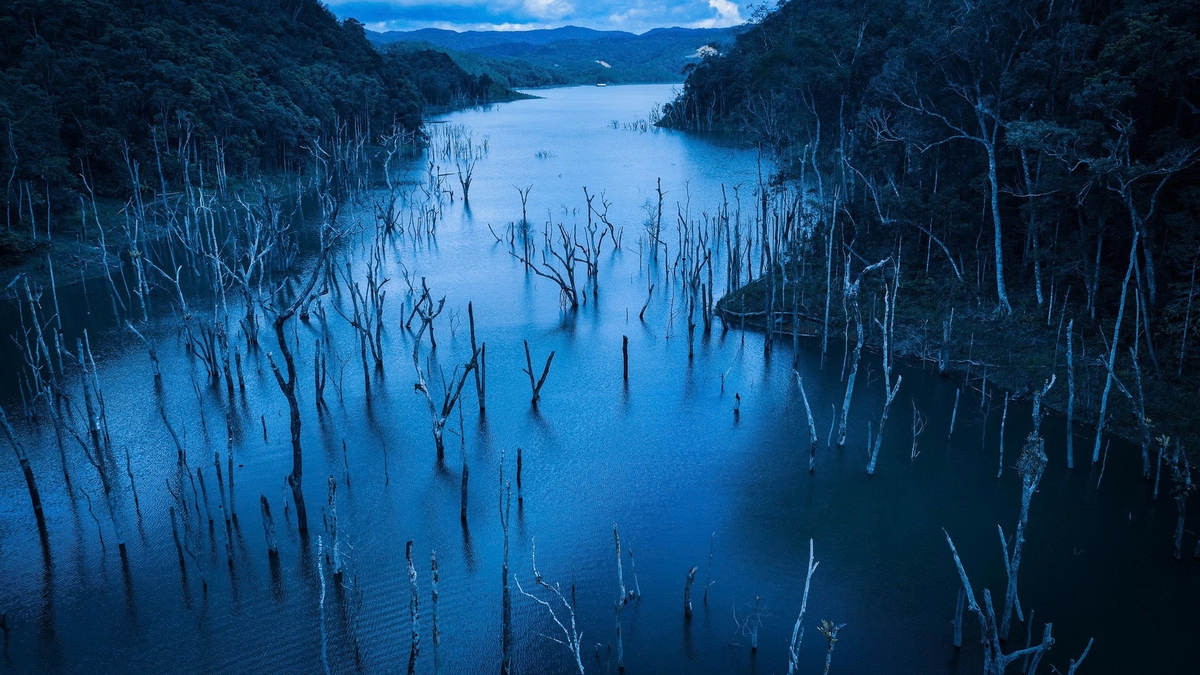

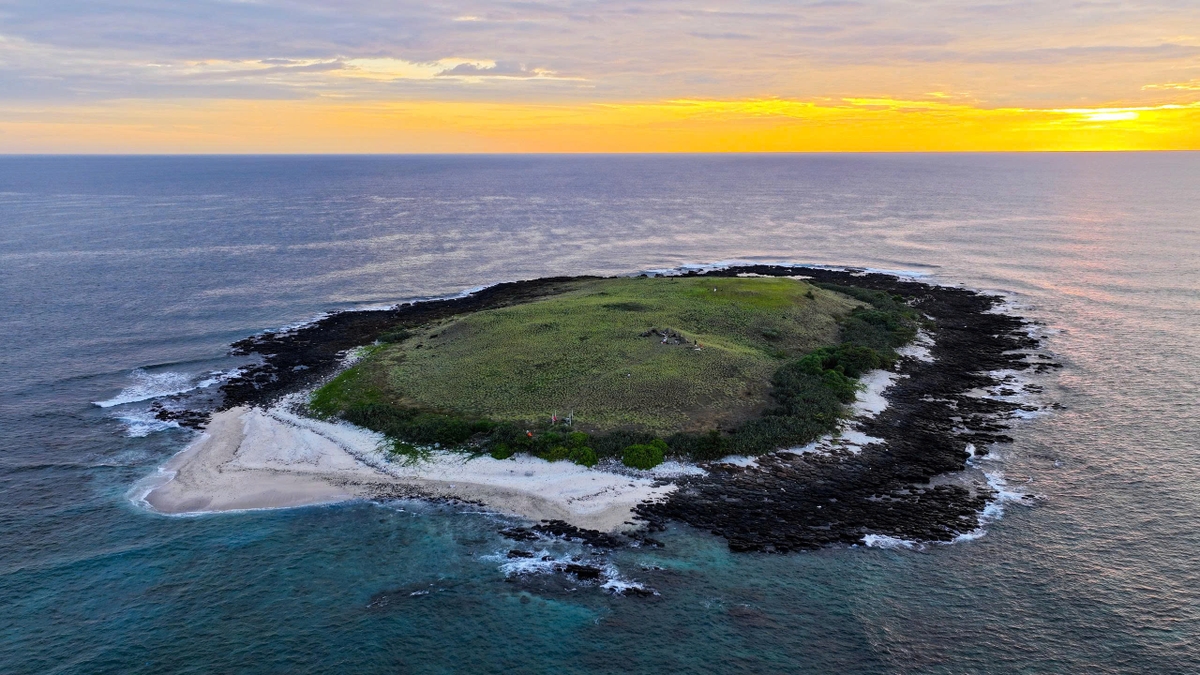



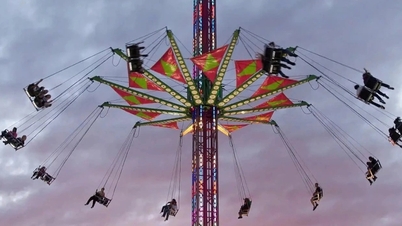


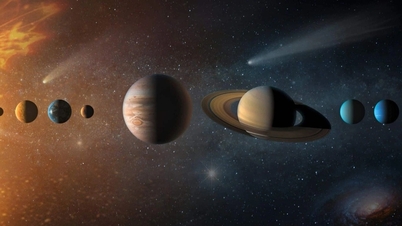



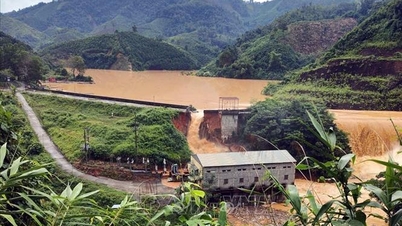






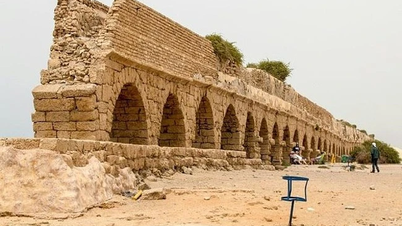













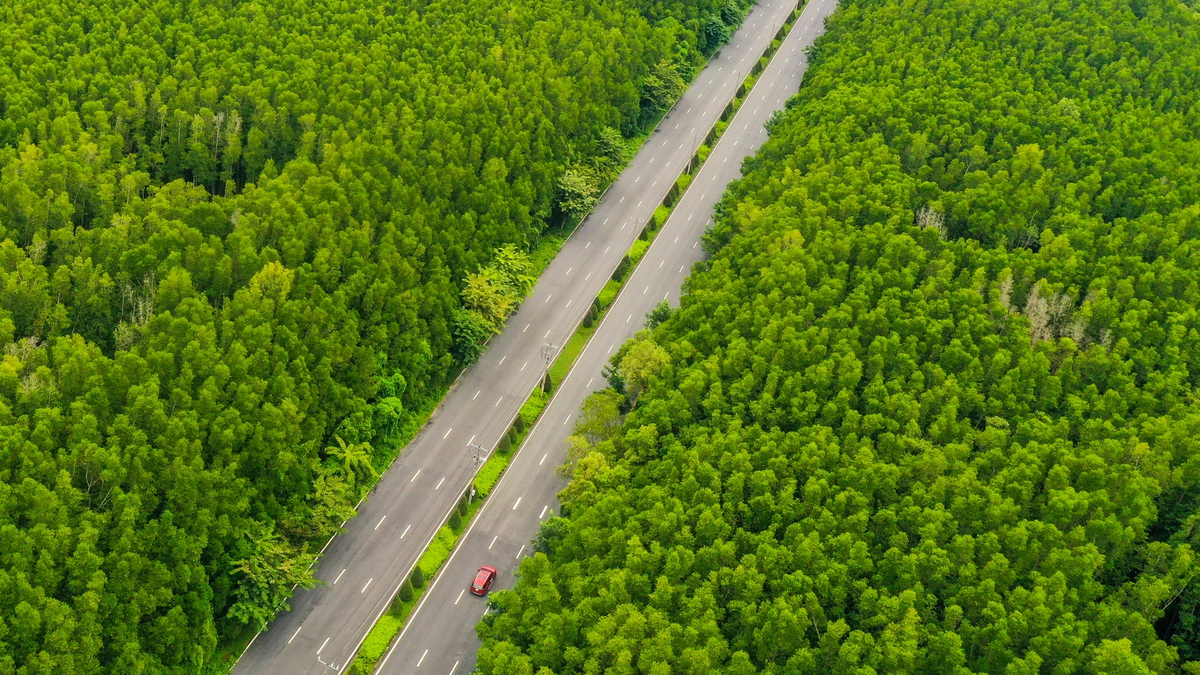
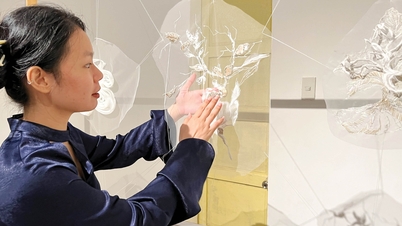







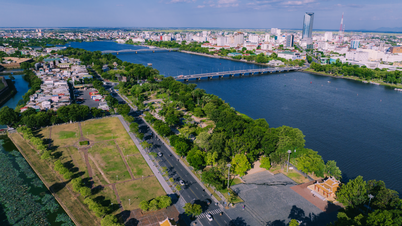

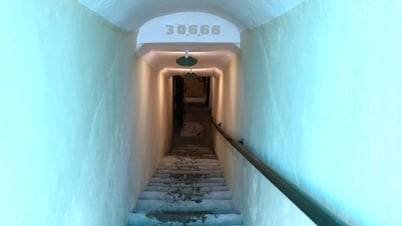






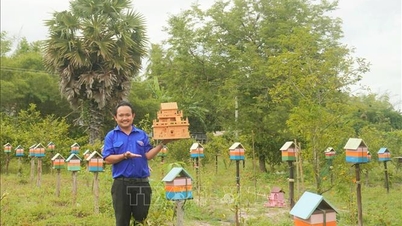







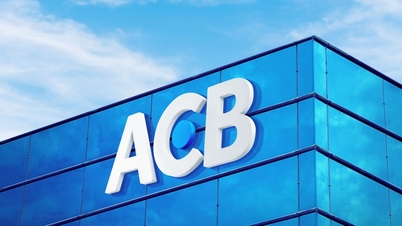




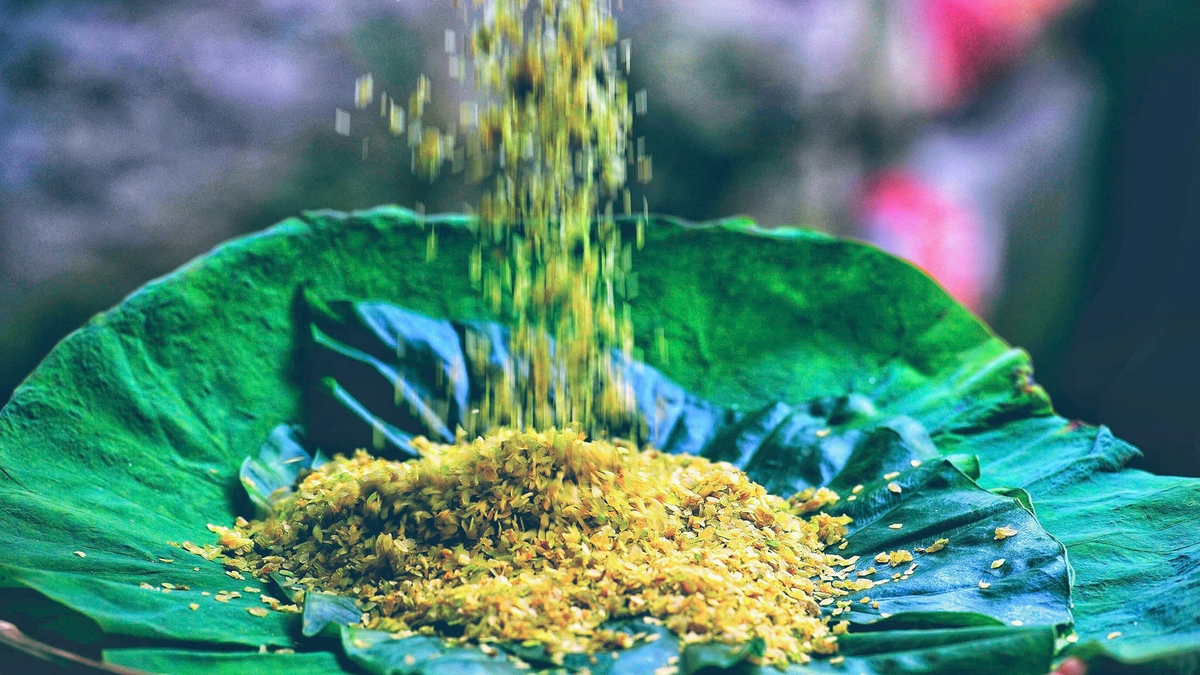
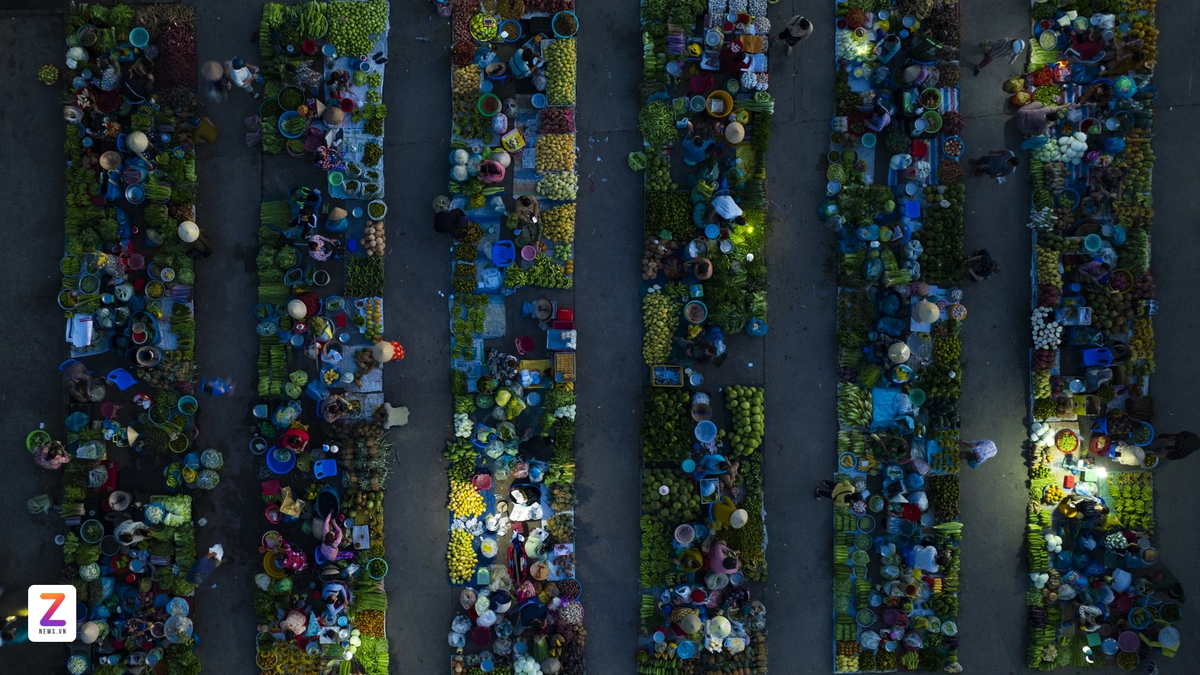





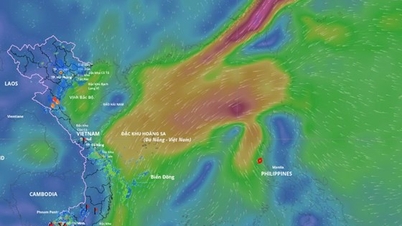











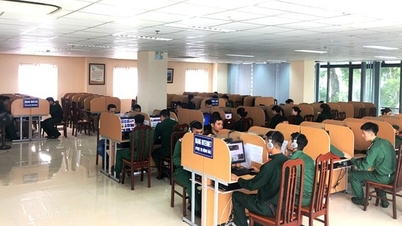






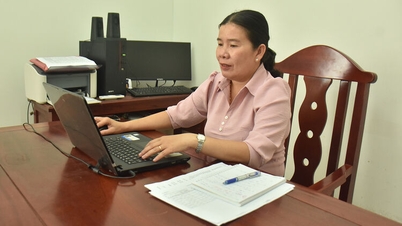






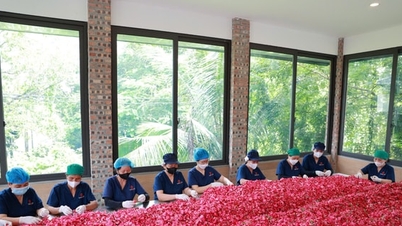









Comment (0)